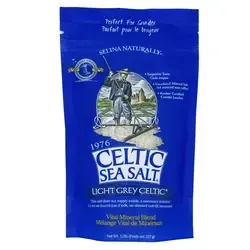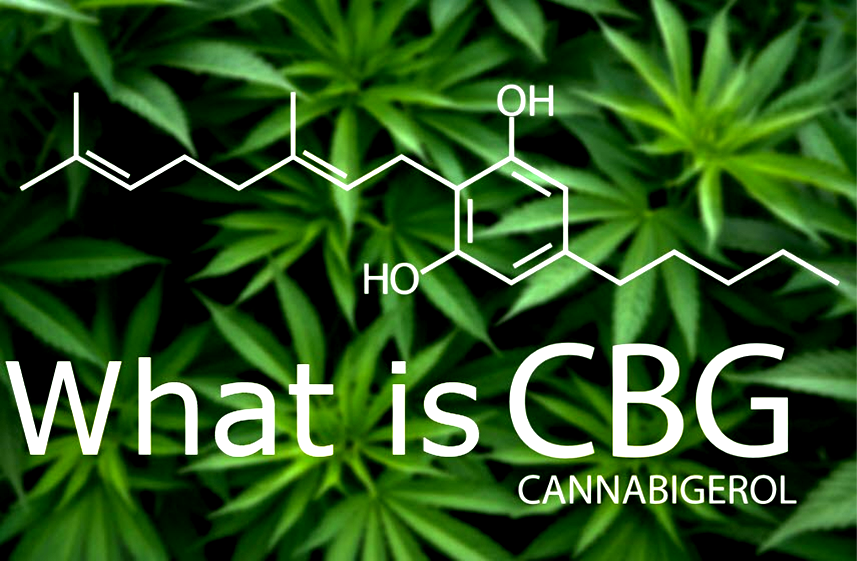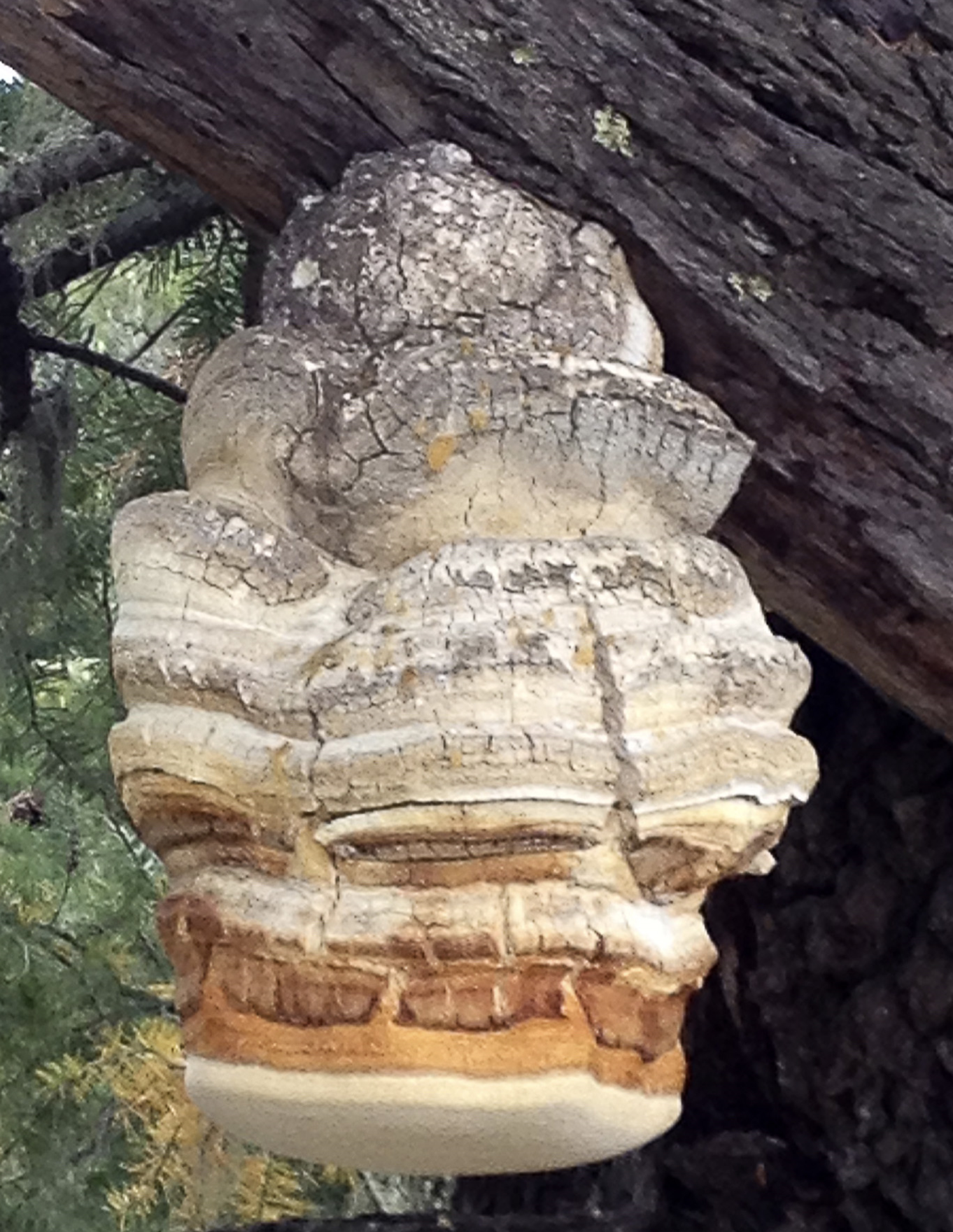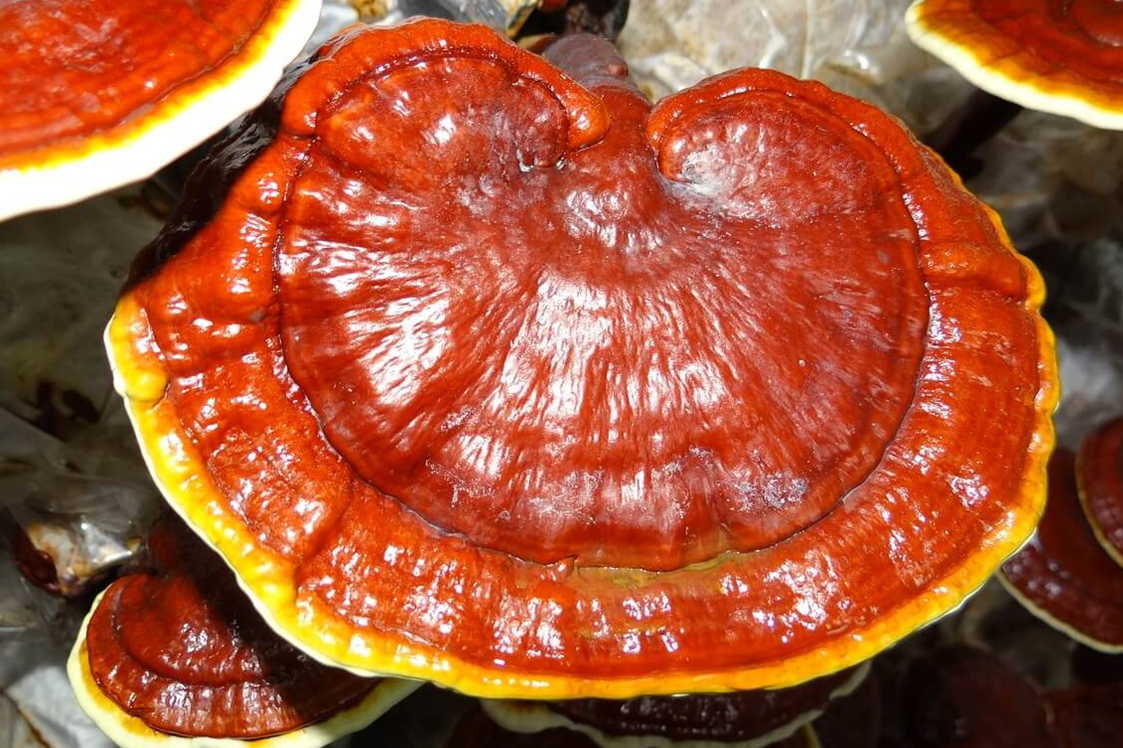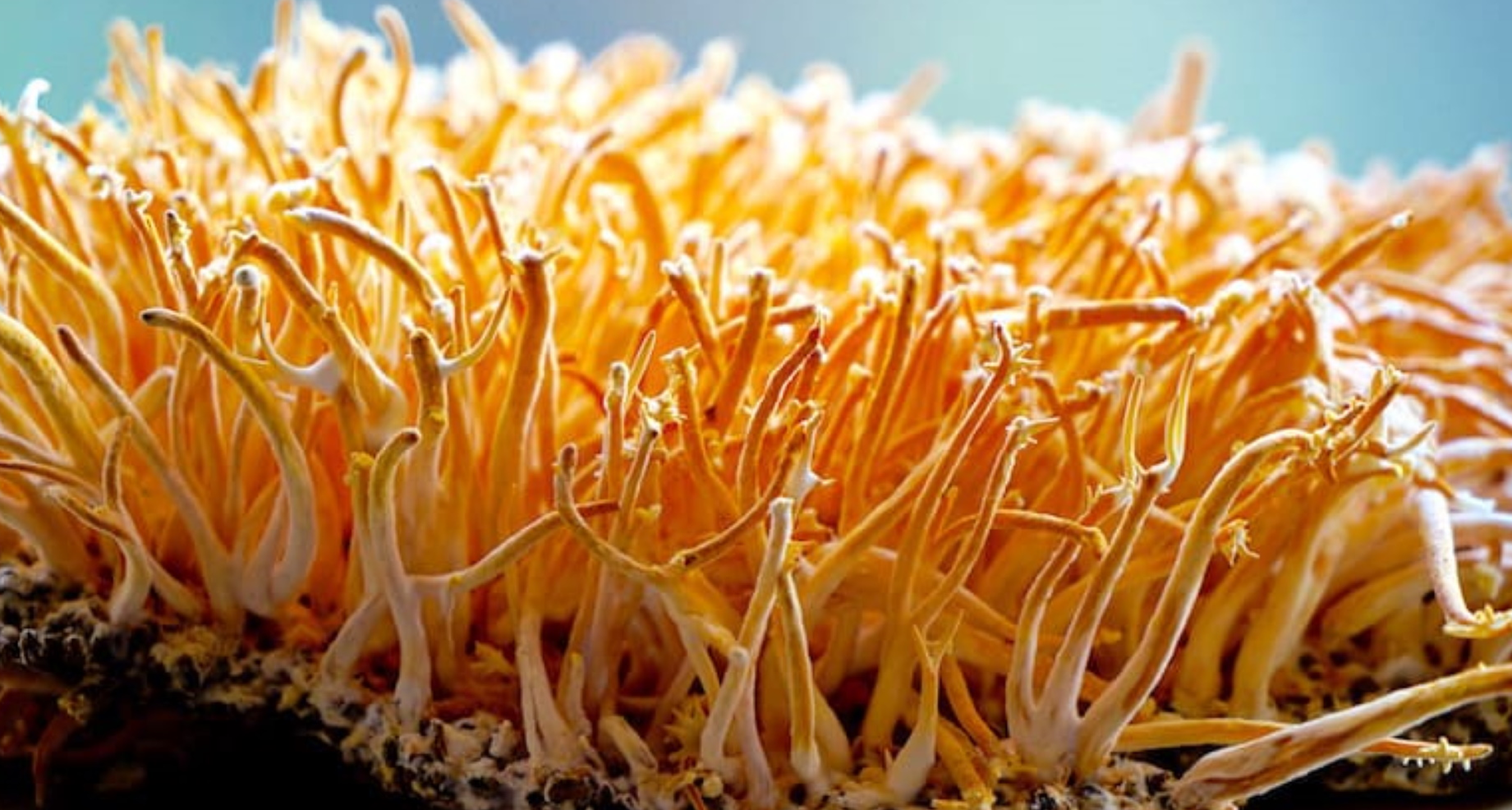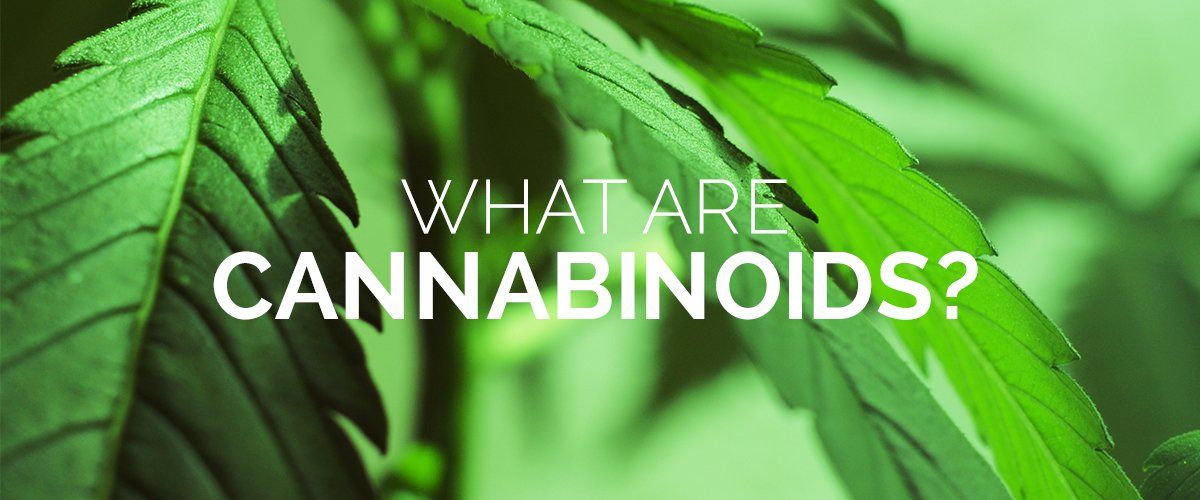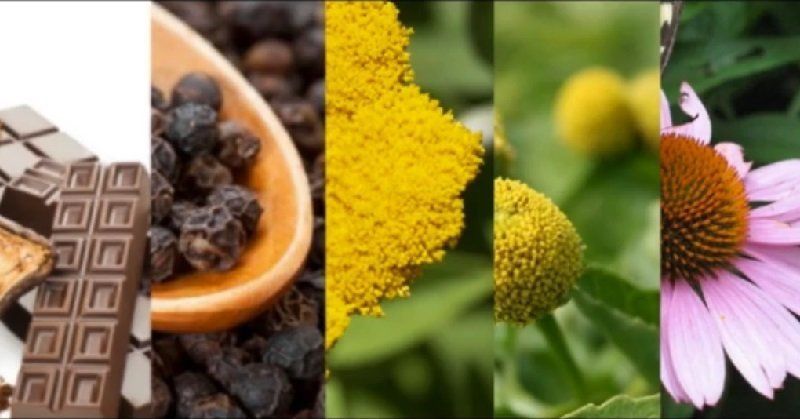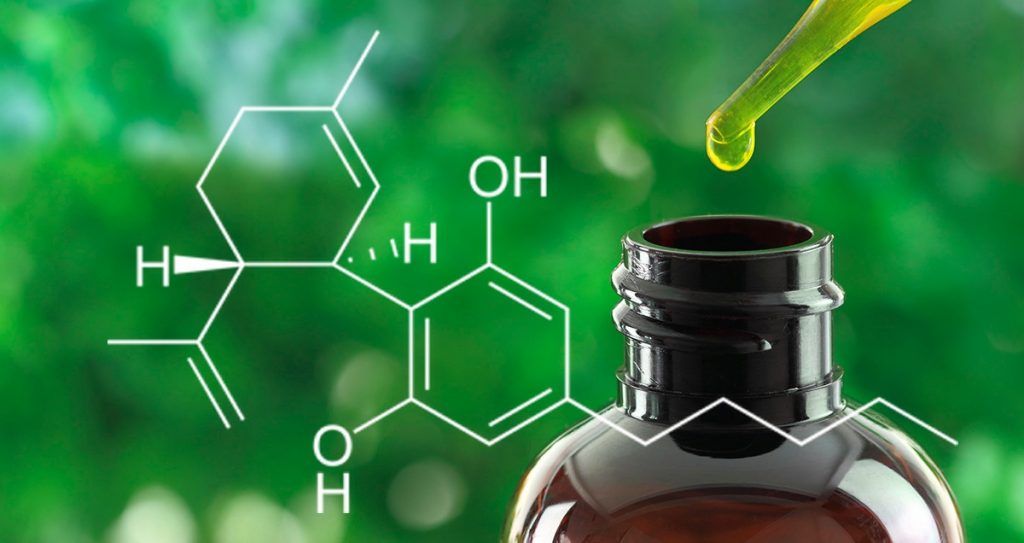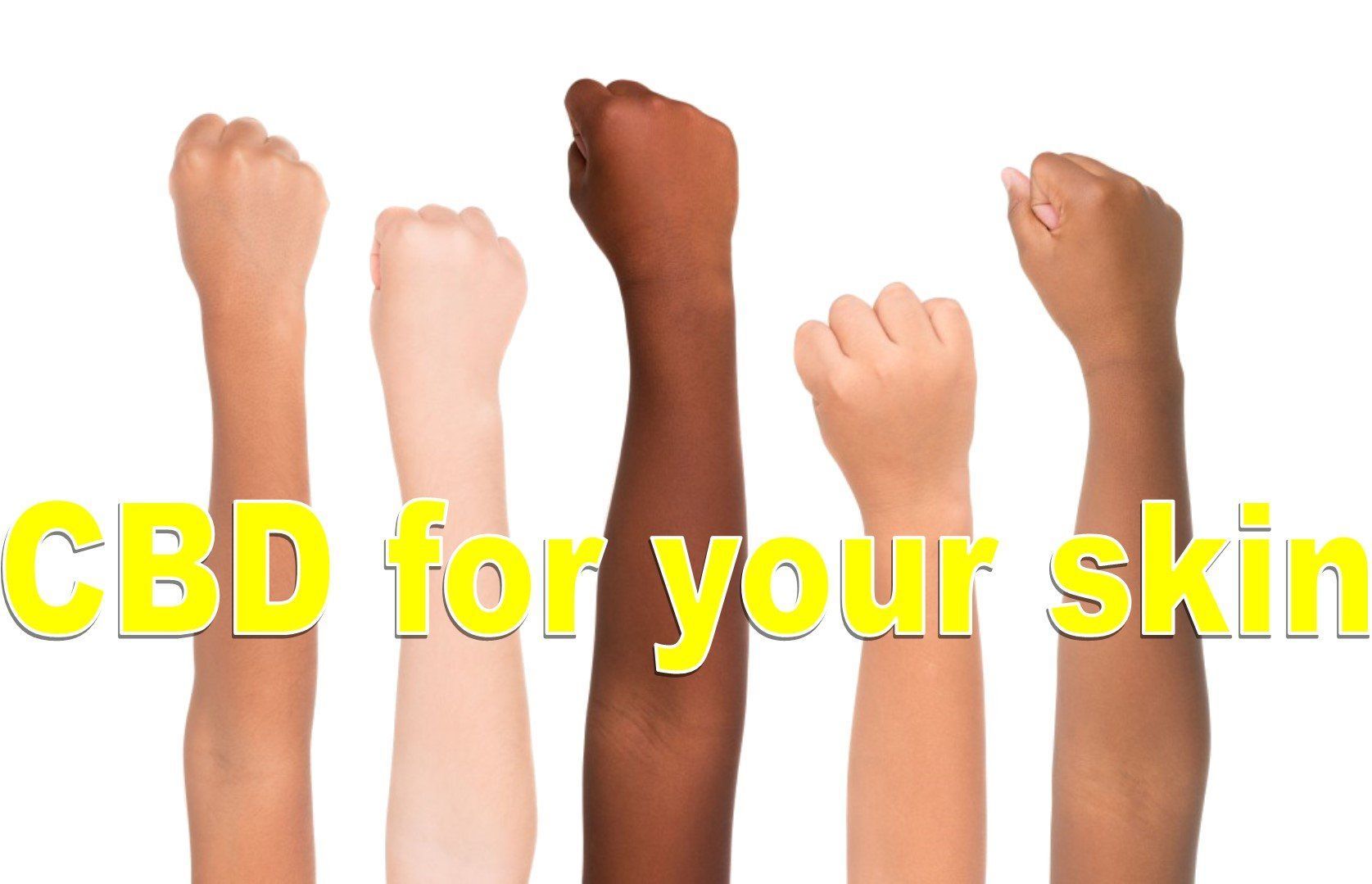Psoriasis
How CBD could be the relief you could be looking for

According to Psoriasis.org, appx. 8 million Americans suffer with Psoriasis. These people report painful, scaly patches on the skin that are very difficult to treat.
What is Psoriasis?
Psoriasis is a chronic autoimmune disorder that causes skin thickening and a buildup of scaly deposits on the surface of the skin. Our skin cells are constantly maturing and shedding. In a healthy person, skin cells mature; rise to the surface; & shed over a 21 to 28 day period. In a person with Psoriasis, this shedding can happen every 4 to 7 days, overwhelming the body's ability to shed them causing a buildup of plaque on the skin. Many times even live skin cells can contribute to the plaques building up on the skin.
What are the symptoms of Psoriasis?
There are several different types of psoriasis that we will discuss later in the article, but the most common type is called Plaque Psoriasis. It carries a wide variety of symptoms that include:
- Whitish or silvery scales on the skin
- Raised, red, painful patches on the skin
- Patches that crack & bleed
- Soreness, itching, and burning around patches
- Swollen, hot, painful joints
- Thick or pitted nails
Is there more than one kind of Psoriasis?
Yes, there are 5 official types of psoriasis
- Plaque Psoriasis : This is the most common form of psoriasis. Over half of psoriasis diagnoses are plaque psoriasis. It is characterized by scales on the skin that can appear white or silver and can be quite thick. These patches most often present on the scalp, knees, elbows, and back.
- Guttate Psoriasis : This type of psoriasis often is triggered by times of high stress, injury, certain infections, or certain medications an typically shows up in early childhood or adolescence. It presents as small separated spots that can appear on your torso, limbs, face, & scalp. They are typically not as large or thick as plaque psoriasis, but can develop into plaque psoriasis over time.
- Flexural or Inverse Psoriasis : This type of psoriasis is red, raised, and often shiny & smooth. It most often presents in skin folds, such as under breasts, armpits, groin, etc. Typically, there are other forms of psoriasis on people who suffer from this form. The patches are often not as scaly as other forms of psoriasis due to the moist heat of the skin folds.
- Pustular Psoriasis : This type of psoriasis is quite severe. It presents as painful pustules surrounded by red, inflamed skin. It most typically will start on isolated areas of the body but can also in some cases cover most of the skins surface. The pus is noninfectious but can cause flu like symptoms such as fever, chills, loss of appetite, etc.
- Psoriatic Arthritis : This is an inflammatory arthritis that affects about 30 percent of psoriasis sufferers. Psoriatic arthritis generally presents after the onset of psoriasis, but some people experience joint pain before presenting with other psoriasis symptoms. Symptoms include, joint swelling, warmth or fever in joints, nail pitting or separating, fatigue, reduced range of motion, among others. Read my article on CBD and Arthritis here.
How can CBD help?
We all have anEndocannabinoid System
that is responsible for facilitating homeostasis in our entire bodies. Our
skin
is full of
cannabinoid receptors
and synthesizes endocannabinoids that interact with these receptors. CBD (which is a phytocannabinoid) works with these receptors in the same way as the cannabinoids we make in our bodies. Two of the ways that CBD helps with psoriasis, and is a preferred treatment option for many, is through the control of inflammation and the support of the immune system. While there are many prescription and OTC options to control psoriasis, CBD carries none of the harmful side effects. CBD also promotes cellular homeostasis and can facilitate balance in the overactive cell production.
These statements have not been evaluated by the Food and Drug Administration. These products are not intended to diagnose, treat, cure or prevent any disease.

